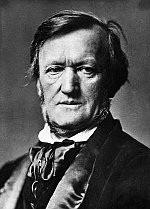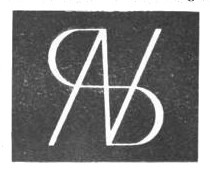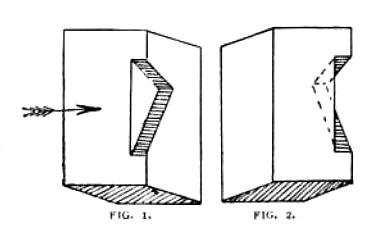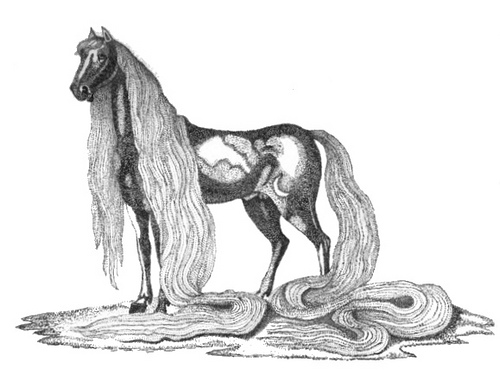A remarkable instance of a sleep-walker came well authenticated, during the course of the month. Between eleven and twelve o’clock, a boy who serves the bricklayers in Maidstone, got out of bed in his sleep, went through a casement, and walked over the ridges of several houses, after which he returned, and came in at the same window, where he awaked in great tremor, occasioned by a fall on his entrance; this extraordinary circumstance happened in sight of several spectators, one of whom, not knowing him to be in a dormant state, had in contemplation a design of firing at him with a gun, from a conclusion that he intended to break into some house; but seeing him return, without any attempt to effect such a purpose, both parties think themselves happy at the interposition of Providence, to prevent so dreadful a catastrophe.
— Gentleman’s Magazine, August 1786





